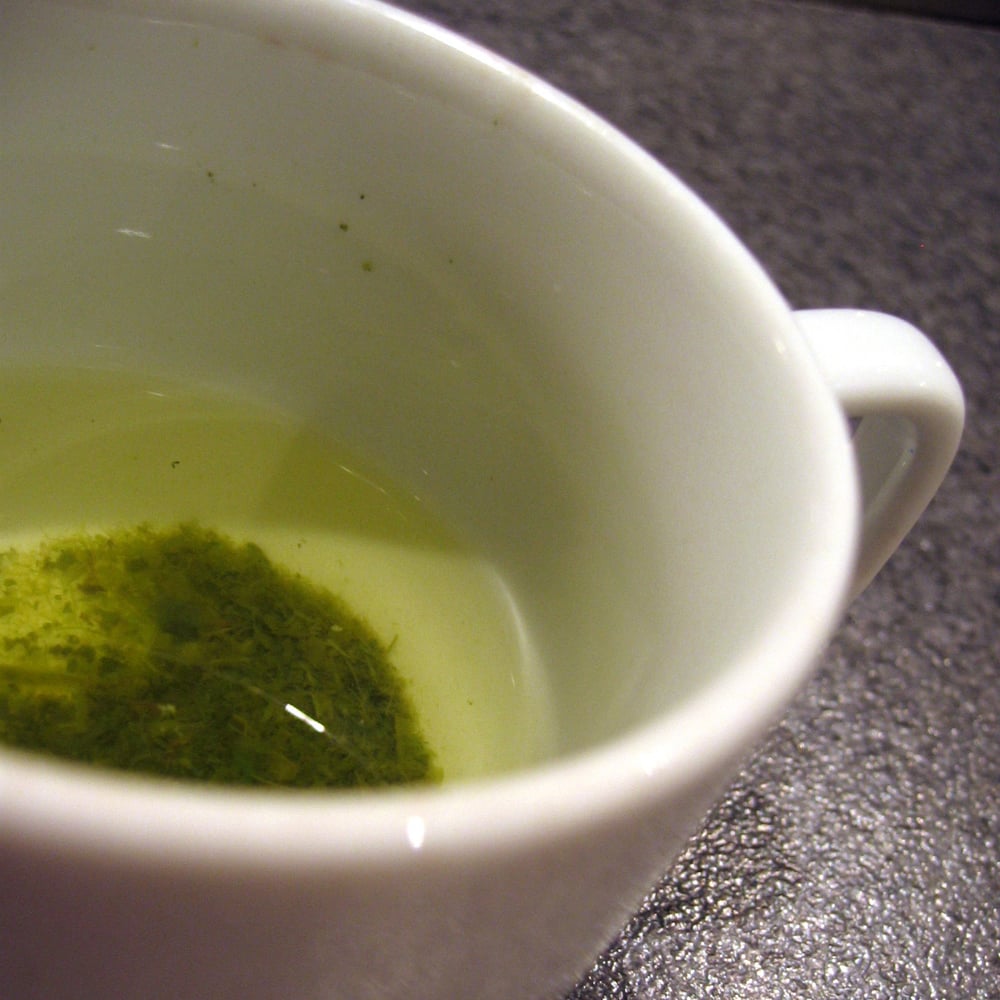
Issue 049
May 2009
The buzz word(s) in health and nutrition circles at the moment is ‘free radicals’. If you’ve got no idea what the hell a radical is (and how it broke free in the first place) then don’t worry, because they’re so small you’ll never even know they’re there.
When your body’s cells process oxygen they give off free radicals. Some free radicals are by-products of the natural processes that go on inside your body every minute of every day, while some come from the air we breathe and the food we eat.
Free radicals actually help breakdown toxins and fight disease, but can also can cause damage to cells and are seen as the main culprits in the aging process. We can’t stop our body from producing free radicals, and we ingest them every day from things such as car fumes - and even the sun’s rays. Though we can’t stop free radicals from forming, we can stay as healthy as possible by making sure our diet contains plenty of antioxidants.
Antioxidants are dietary substances that can repair damage to your body’s cells, and in some cases, can even prevent damage from taking place. They can slow, and even prevent, the attack of free radicals in the body. Antioxidants are produced naturally in the body, but these decline with age, so we get them from the foods in our diet.
Fruits, vegetables, and other plant-based foods are the best source of antioxidants. The most common (and best known) antioxidants are vitamin C, vitamin E, selenium, beta-carotene, and phytochemicals such as flavonoids, lycopene, and lutein.
Where to find antioxidants...
VITAMIN A
Bright coloured fruits and veg such as sweet potatoes, peaches, apricots, carrots and broccoli.

VITAMIN C
Citrus fruits such as oranges and limes, also strawberries, tomatoes, green peppers and broccoli.

VITAMIN E
Nuts and seeds (almond and cashew nuts, and pumpkin and sunflower seeds).

SELENIUM
Fish, grains, eggs, chicken, garlic and red meat.
Foods rich in antioxidants....

BLUEBERRIES
These little blue berries are absolutely jammed with antioxidants. Ranked against common fruits and vegetables they are number one in antioxidant activity, and they’re easily found and versatile too. Eat them raw, use them in porridge and cereals, or with yoghurt. They can be eaten for breakfast, as a snack, or in desserts. Buy frozen and never worry about running out.

GREEN TEA
Green tea is a cheap way of staying healthy. Apart from being packed with vitamins A, C and E, tea contains a subgroup of the flavonoids known as catechins, and green tea has three times as much as its cousin, black tea. Brew your green tea for three to five minutes to release as much as possible, and sip four to five cups a day for maximum health benefits.

RED PEPPERS
Bright coloured fruits are often the best sources of antioxidants, and red peppers are among the easiest and most versatile of these to add to your diet. Bell peppers can be eaten in stir fries and salads, grilled, roasted, or added to soups and casseroles. Go red for the most amount of antioxidants.

ACAI
This little-known Brazilian superfruit is slowly starting to attract attention outside of South America. Known for its deep purple colour and chocolaty taste, it rots very quickly once picked so transportation is only possible when it’s frozen. Harder to track down than common fruits, it is possible to buy it from specialist food shops. Blend them into a smoothie and enjoy their rich taste. Best of all, it has twice the amount of good stuff than its closest competitor, the blueberry.










